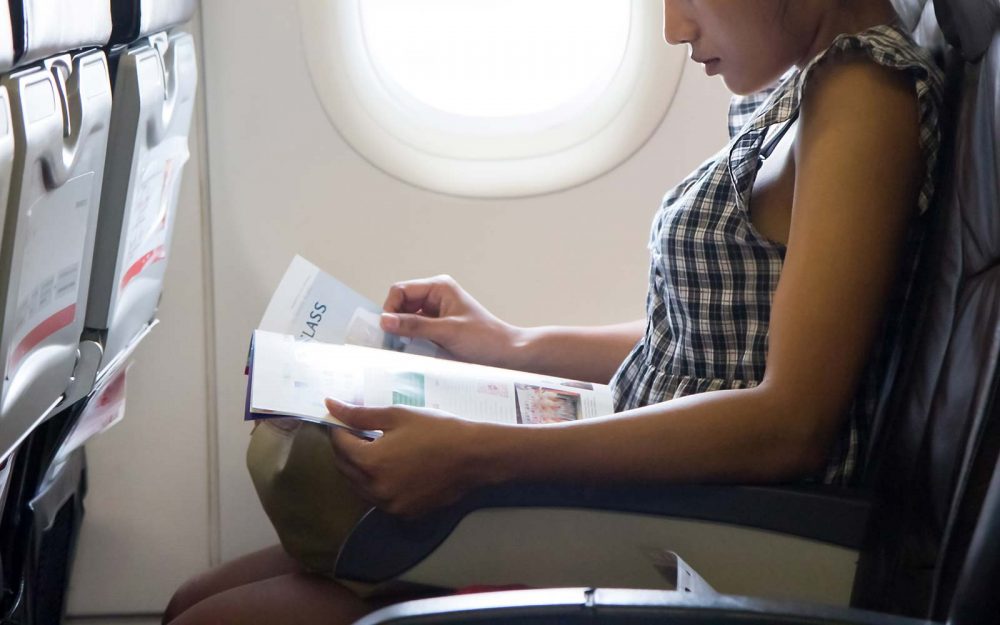Women suffering with joint pain need to take extra care & precautions while travelling.
The question that frequently arises is, what can I do both before the flight and during it to make travelling more comfortable?

Things to do Before you Fly…
- Talk with your doctor to make sure you have enough medication for the full length of your trip, and maybe even a little extra in case of lost luggage or a delay. If you have a long flight, also ask if an additional prescription-strength pain medication would be appropriate for you.
- Call the airline in advance to inform them you have a medical condition. With advance notice, they should be able to provide you with wheelchair assistance and early boarding, if necessary
- Have airline personnel carry your luggage for you and/or lift it into the overhead bin for you. They can even accommodate you with special shuttles and elevator platforms for boarding
- Opt for flight tickets when there are fewer people on board and more room for you to stretch out or get up to walk. Also, choose the aisle seat so it will be easier to stretch or get up and move around during the flight.
- Don’t choose a flight that will require you to wake up extremely early, especially if your joints tend to be achy in the morning.
During your Flight…
- Carry Your over-the-counter pain medication to provide pain relief during the flight. Take it one hour before your flight to give it time to get into your system.
- Provide extra support to your joints during the flight. For lower back pain, provide support behind your lower back with a back roll or a pillow. If you use a brace for your affected joint, bring or wear it.
- Practice good posture while seated. If your legs are not at a right angle when you sit in the seat, ask for something (pillows, blankets) to prop up your feet and keep your knees at a right angle.
- Get up and walk around during long flights for long duration fights can lead to increase in pain. According to a recent review of 10 studies, people with rheumatoid arthritis have twice the risk of deep vein thrombosis as those who don’t have RA. If your flight is longer than 4 hours, you can help prevent deep vein thrombosis by getting up to walk around at least every 2 to 3 hours.
- Practice seated exercises. This will help prevent stiffness in your joints while sitting during the flight and decrease your risk for deep vein thrombosis.

Exercises You Can Do While Flying…
The following exercises can be done while you’re in flight:
- Raise and lower your toes while keeping your heels on the ground
- Raise and lower your heels while your toes stay on the ground.
- Tighten and relax the muscles in your legs.
- If you have space, lift your foot off the floor and straighten your leg until you feel it in your hamstrings.
With these key factors in mind you can avoid strain on the joints & have a pleasurable journey.